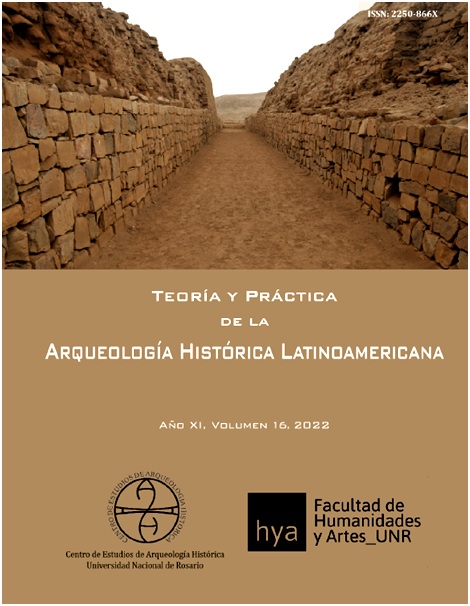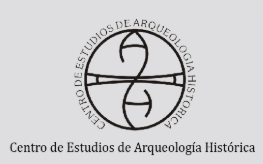Many Flowers, Few Colors. The Transfer Printing Decoration Technique In Archaeological Earthenwares From Rosario, Argentina (1870-1920)
DOI:
https://doi.org/10.35305/tpahl.v16i1.193Keywords:
Urban Archaeology, Stoneware, RosarioAbstract
In Rosario archaeological sites it is common to find fragments of pottery with a decorative technique
specific: the transfer of a design engraved in metal to certain industrial objects. These fragments are found in all urban sites in the country and have been analyzed by numerous urban archeology works. However, the method itself has been little studied as a process or as a technological evolution. The study of the technique made it possible to consider the ceramics with transfer decoration (transfer printing) as a sign of the consolidation and expansion of European industrial capitalism in the 19th century and, also,
as an imported product of the insertion of Rosario in a world capitalist system. The objective of this work was to analyze this technique to decorate pottery, describe its evolution and establish its significance.
Downloads







